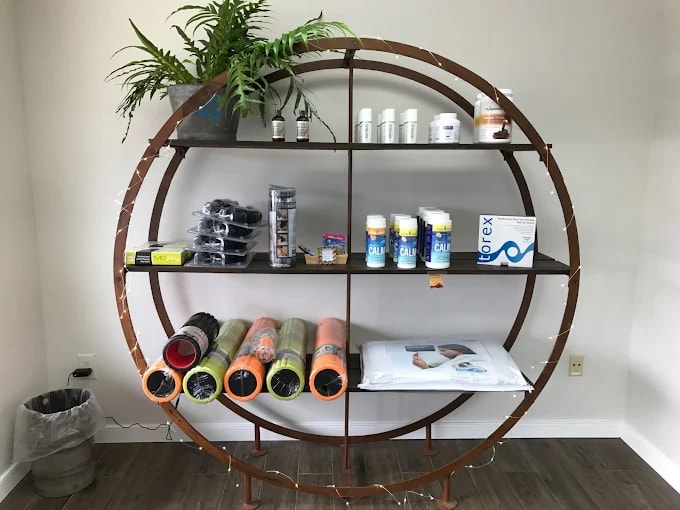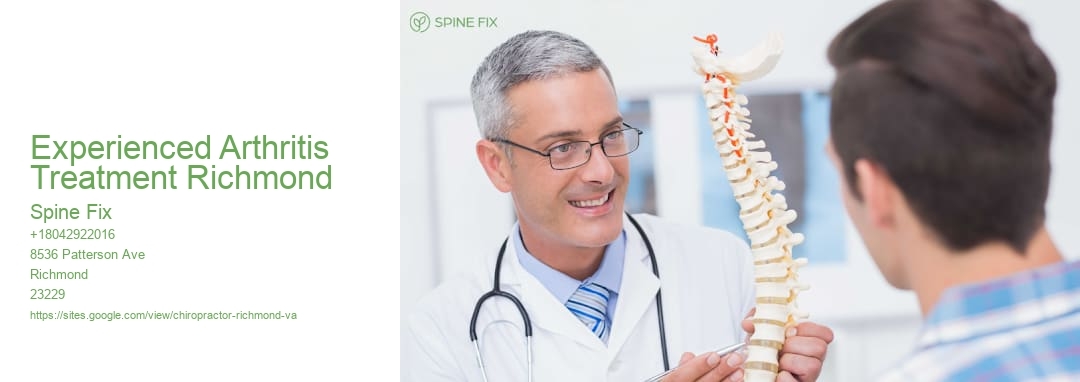Reduced neck and back pain or lumbago is a common disorder including the muscles, nerves, and bones of the back, in between the lower side of the ribs and the reduced fold of the buttocks. Pain can differ from a plain continuous pains to an abrupt sharp sensation. Low back pain might be classified by period as intense (discomfort lasting less than 6 weeks), sub-chronic (6 to 12 weeks), or persistent (greater than 12 weeks). The condition may be further categorized by the underlying reason as either mechanical, non-mechanical, or referred discomfort. The signs and symptoms of reduced neck and back pain normally enhance within a couple of weeks from the time they begin, with 40–-- 90% of people recovered by six weeks. In the majority of episodes of reduced back pain a particular underlying reason is not recognized or even sought, with the discomfort thought to be as a result of mechanical troubles such as muscle or joint stress. If the discomfort does not disappear with conservative treatment or if it is come with by "warnings" such as unexplained weight management, high temperature, or considerable issues with feeling or activity, more testing may be needed to search for a major underlying problem. In many cases, imaging tools such as X-ray computed tomography are not beneficial or suggested for reduced pain in the back that lasts much less than 6 weeks (with no red flags) and bring their very own dangers. In spite of this, making use of imaging in reduced back pain has boosted. Some low pain in the back is brought on by harmed intervertebral discs, and the straight leg increase test serves to identify this reason. In those with chronic discomfort, the discomfort handling system might malfunction, creating huge quantities of pain in feedback to non-serious events. Chronic non-specific low neck and back pain (CNSLBP) is a highly common musculoskeletal problem that not only influences the body, but additionally an individual's social and economic condition. It would be substantially advantageous for individuals with CNSLBP to be evaluated for genetic issues, undesirable way of lives and habits, and psychosocial variables on top of bone and joint problems. Persistent lower pain in the back is specified as back pain that lasts more than 3 months. The signs and symptoms of reduced neck and back pain typically enhance within a couple of weeks from the moment they begin, with 40–-- 90% of people recuperated by 6 weeks. Typical task should be proceeded as much as the pain enables. Preliminary administration with non-medication based treatments is advised. Non–-- medication based treatments include shallow warm, massage therapy, acupuncture, or spine control. If these are not adequately effective, NSAIDs are suggested. A number of other alternatives are offered for those that do not improve with typical treatment. Opioids might be useful if straightforward discomfort medications are not enough, but they are not generally suggested due to negative effects, including high rates of addiction, unexpected overdose and fatality. Surgery might be beneficial for those with disc-related persistent discomfort and handicap or spinal stenosis. No clear advantage of surgical procedure has actually been located for other instances of non-specific low pain in the back. Low back pain frequently affects mood, which may be enhanced by therapy or antidepressants. In addition, there are numerous natural medicine therapies, however there is inadequate proof to recommend them with confidence. The proof for chiropractic care and back control is combined. Around 9–-- 12% of individuals (632 million) have low pain in the back at any type of offered moment, and virtually 25% report having it at some time over any type of one-month duration.Regarding 40% of individuals have reduced back pain eventually in their lives, with estimates as high as 80% amongst individuals in the industrialized globe. Low back pain is the greatest contributor to shed productivity, absenteeism, impairment and layoff worldwide. Trouble with low neck and back pain frequently begins in between 20 and 40 years old. Ladies and older individuals have greater estimated rates of lower back pain and also higher handicap estimates. Reduced back pain is extra typical amongst people aged between 40 and 80 years, with the overall number of people impacted anticipated to boost as the populace ages. According to the World Health Organization in 2023, lower neck and back pain is the leading medical condition world-wide where the most variety of people globally can benefit from enhanced rehab.
.



